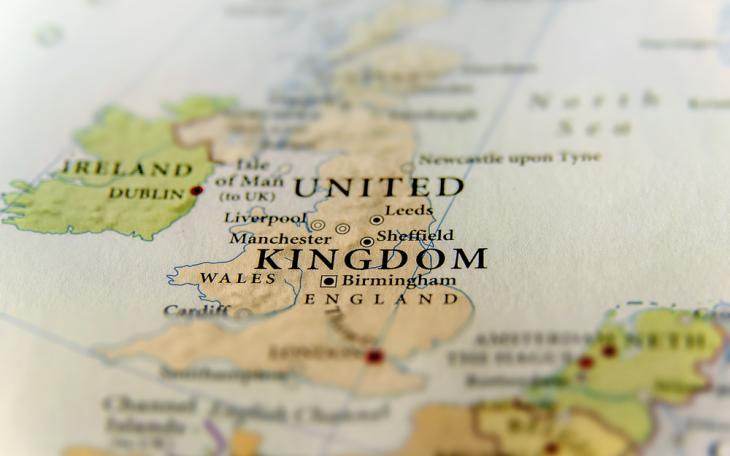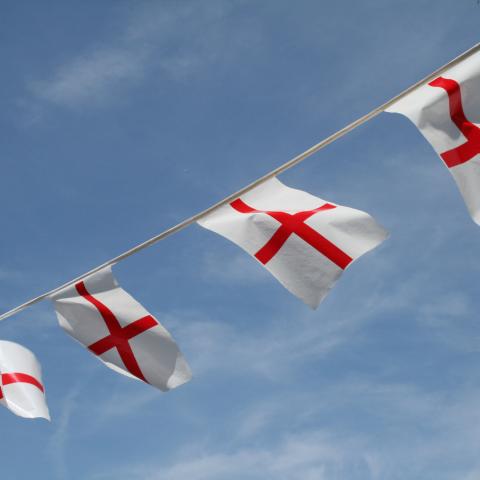Lockdown redux

Bar our few but highly esteemed readers from the Isle of Wight, Cornwall and the Isle of Scilly, English readers will be reading this blog from a tier two or three region. The much-anticipated tier which will dictate the restrictions that regions must abide by when national lockdown comes to an end on the 2nd December were announced today .
The majority of places are set to be in tier two, including London and Liverpool, and accounts for 57% of the country. In these regions there will be a slight loosening of the lockdown, with the rule of six applied outdoors and but mixing remains banned indoors.
Pubs and restaurants can open to serve “substantial meals” in tier two but in tier three regions must only operate takeaway or delivery services. The 10pm hospitality curfew is to be pushed back an hour to 11pm, with last orders at 10pm.
42% of England is placed in the dreaded top tier three, including regions such as Birmingham, Leeds, Sheffield, Tees Valley, Bristol, Lancashire and much of the North East as well as Kent. In these areas, people can meet in outdoor public spaces, but not elsewhere.
So, come the 2nd December, England will be taken out of national lockdown into the tiers system; but it’s not the great liberation that some would have liked and it has not gone unnoticed by people that most regions are now in a higher tier than they were before the circuit-breaker lockdown, with some asking what the past four weeks have been for. That being said, the government had come under criticism during the previous tiered system that they had been slow to react, and that the tiers were too weak – not something they are likely to be accused of this time. The system will be regularly reviewed, and tiers can change at any moment. A scheduled review is to be announced on the 16th December.
There are marked differences, however, with gyms and hair and beauty venues open in all tiers, which will come as a surprise to some. Also, all in tier three areas will be eligible for rapid lateral flow tests, which is a breakthrough in the last few weeks that has proven to be successful in Liverpool. That city, now in tier two, went into the lockdown a strong tier three with cases rising steadily. Since the introduction of community-wide testing, the city’s infection rates are fairly similar to the national average, having fallen by 69% in six weeks.
Of course, the devolved administrations have their own strategies currently, but there is said to be a combined plan for the Christmas period, set to be announced on 16th December. Northern Ireland is entering a two-week circuit-break lockdown on Friday 27th November, Scotland has a five-tier system and Wales had begun easing of its own lockdown on the 9th November.
Earlier today, as Britons eagerly awaited hearing their fate, the official government website crashed just as the tiers were announced – much to the delight of the Speaker of the House of Commons Lindsay Hoyle, who criticised the government for announcing policy outside of Parliament. Throughout this pandemic the government has been accused of announcing policy outside of the House with its daily press conferences and countless leaked briefings.
Today, however, unlike much of the policy announced recently, the government did publish a rather detailed reasoning behind each of the tiered decisions in the form of a Written Ministerial Statement by Matt Hancock. It provided an overview of the statistics in each region, as well as a bit of commentary and background. As with everything, however, came into criticism as the document included many question marks that gave it the impression of an early draft. This has since been corrected but, whether it was in draft or not, the reasoning, and more importantly, the decisions, will stand.









